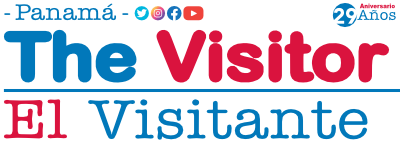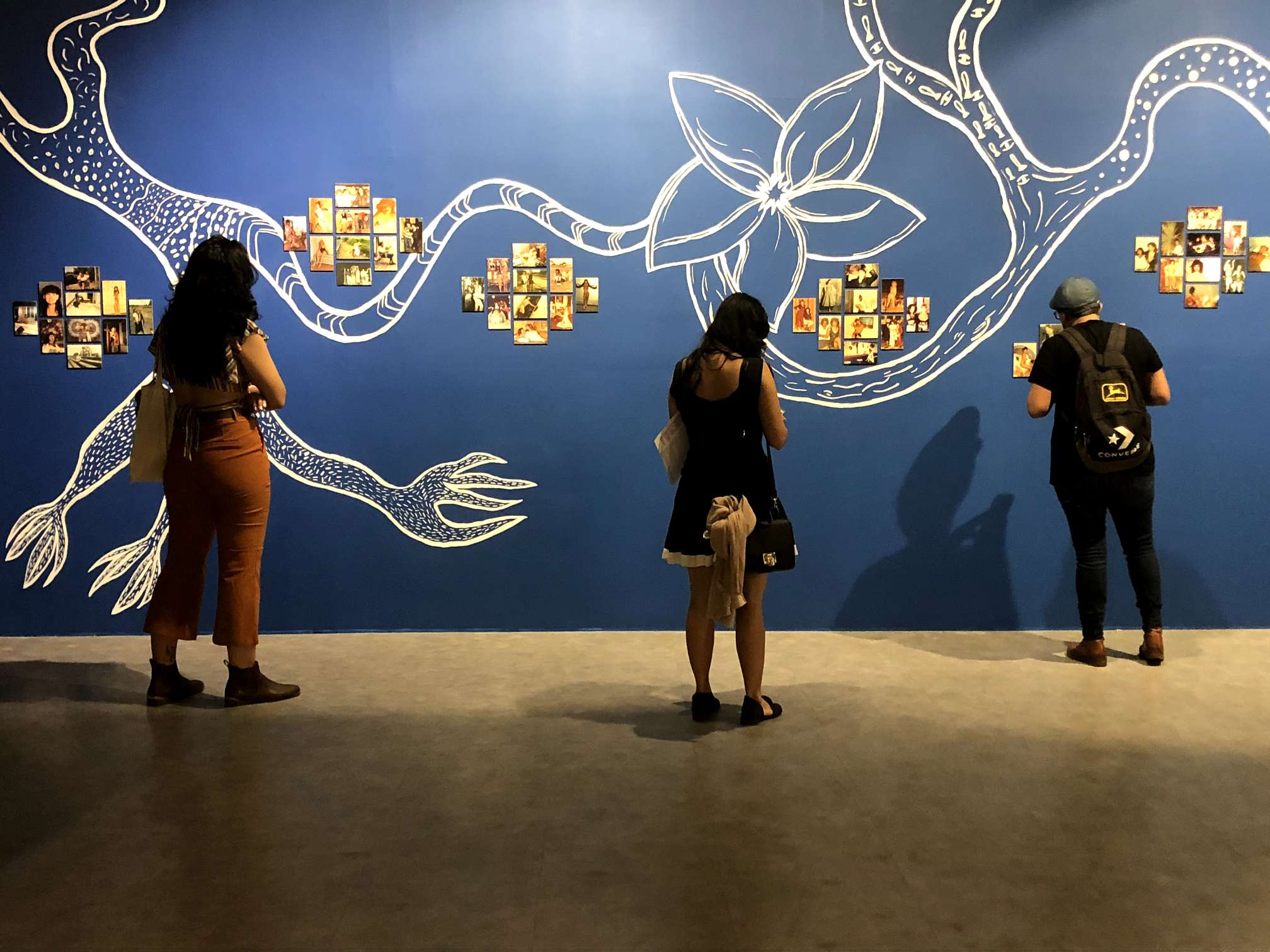As a historical preamble, in 1962 the Panamanian Institute of Art (PANARTE) was created by a group of artists led by the painter Alberto Dutary (1928 – 1997), as a non-profit institution dedicated to promoting the acquisition, conservation, research and dissemination of Latin American works of art with an emphasis on Panamanian, particularly contemporary art. An institution that has helped in the growth of public interest in art.
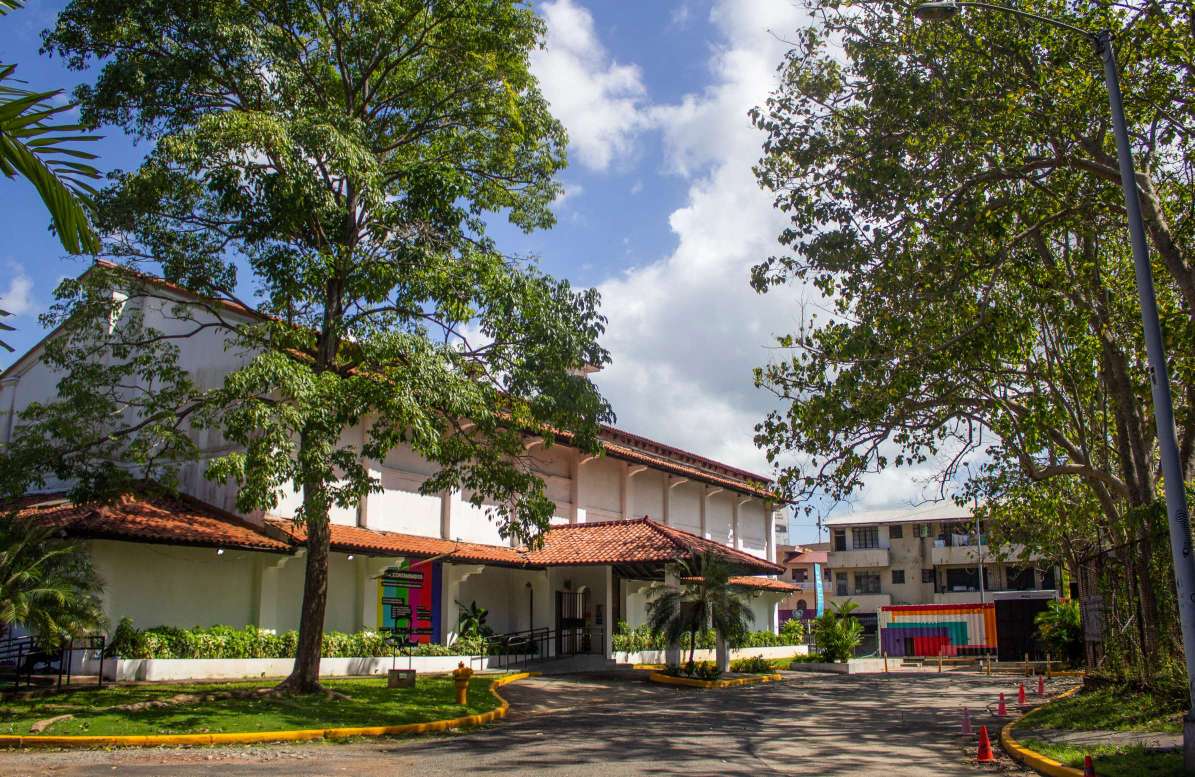
House of Panamanian and Latin American Art
The Museum of Contemporary Art, also known as MAC, has been of great importance for sixty years both in the country and in the rest of Latin America. It is the only museum where Panamanian artists have the opportunity to produce, show, research and develop their artistic work.
For Chief Curator Juan Canela, MAC is a space where reflection, imagination and knowledge come together. A place that has promoted important conversations for the social advancement of Panamanian society and that continues to be a training center for artists and cultural producers, with spaces that generate visibility for all, especially women artists women.
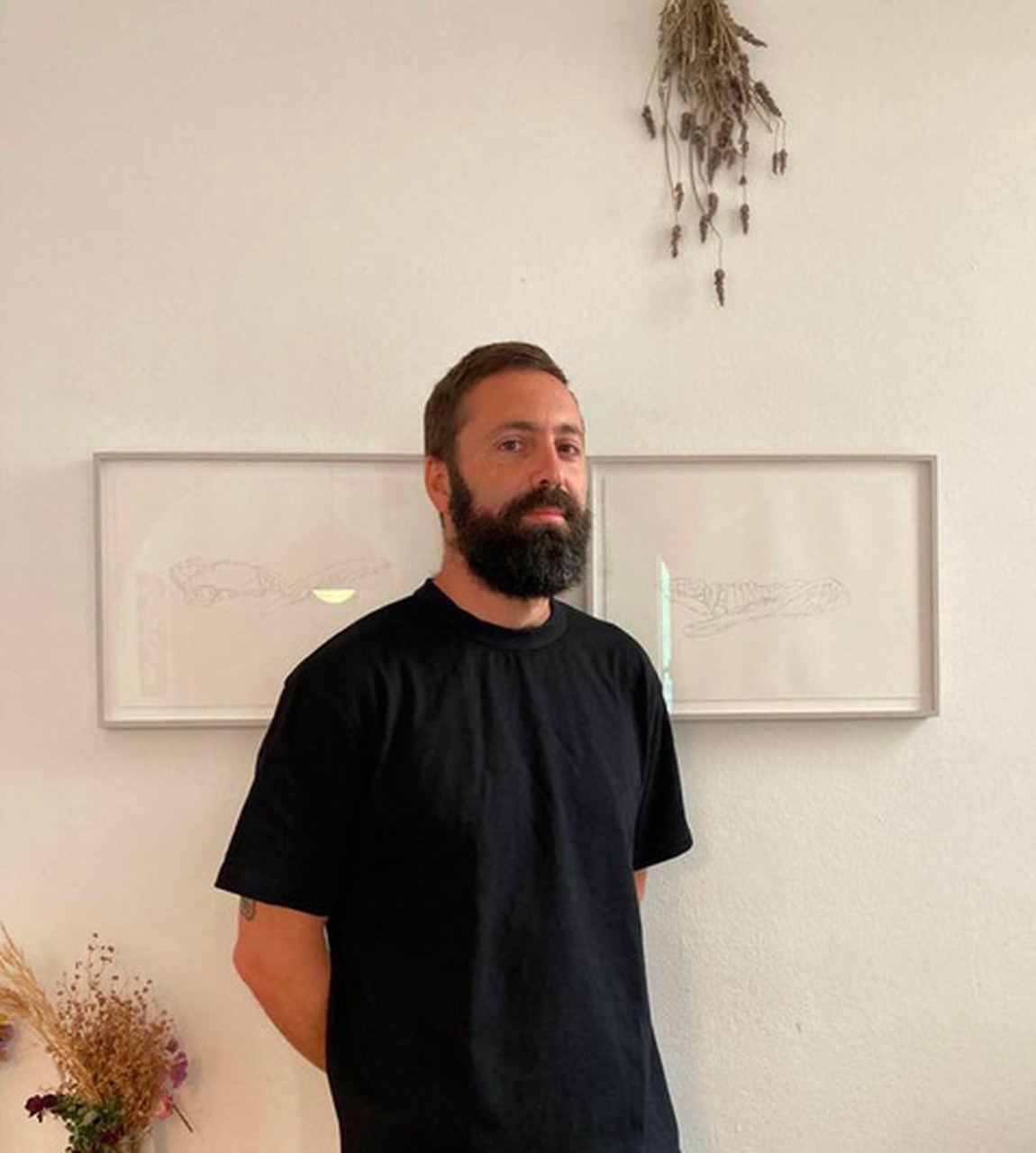
A Collection that Delves into the Regional Reality
The Museum of Contemporary Art has been an institution with enormous resilience, as expressed by the Chief Curator of MAC, since it is not a government institution, or a private museum of a collector. It is an organization that has been building a collection of the best Panamanian and Latin American contemporary art for six decades. The donation of more than 400 pieces of art by the renowned Panamanian painter Julio Zachrisson stands out, works that join the general collection that adds up to more than a thousand pieces of art that delve into Panamanian, Central American and Latin American art. Pictorial expressions of great importance to understand the history and social complexity of the entire region.
They also have works by a large number of plastic artists of national and international stature who have made a difference with their styles such as Olga Botero, Beatriz Briceño, Ricardo Raul Ceville, Manuel Chong Neto, Roosevelt Diaz, Juan Manuel Justiniani, Antonio Madrid, Hector Navarro, Carlos Paez Vilaro, Eduardo Perez, Olga Sinclair, as well as the great Alfredo Sinclair, among many more painters of great international relevance.
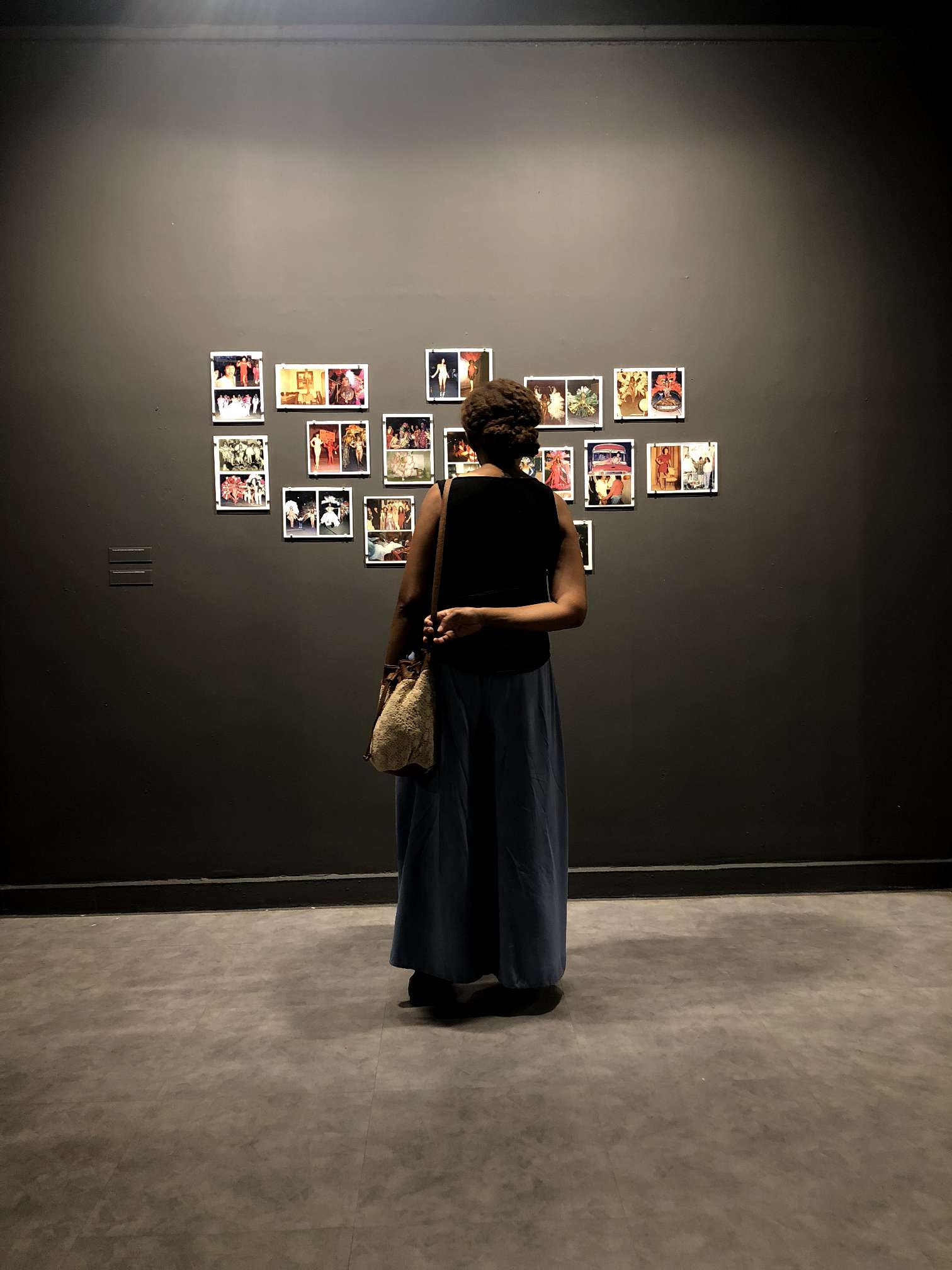
Great Potential for Cultural Tourism
After the pandemic, the Museum of Contemporary Art has been receiving more visits from travelers seeking to learn more about our identity as a nation.
Juan Canela asserts that the growth margin in visits by tourists is still very large, which allows the possibility of contributing much more to Panamanian tourism in terms of quality and culture.
The potential is found in the opinion of the Visitors according to the Chief Curator, since they are surprised by the high quality of the activities and exhibitions, but especially the narrative talent of the Panamanian and regional artists that exhibit their works.
Celebrating Six Decades
Today, the Museum is experiencing a key moment in its history, as expressed by Juan Canela, and there are different reasons, the first is the donation of Julio Zachrisson’s art works, an event that will lead to a retrospective exhibition of this renowned master of the arts in Panama on August 18. The second reason is that today this institution is stronger both professionally and financially, with the opportunity to grow exponentially in the short and medium term. And the third reason for Juan Canela is the great work that is being done in the positioning of the Museum internationally to lead collaborations between the different institutions in Central America and the Caribbean.
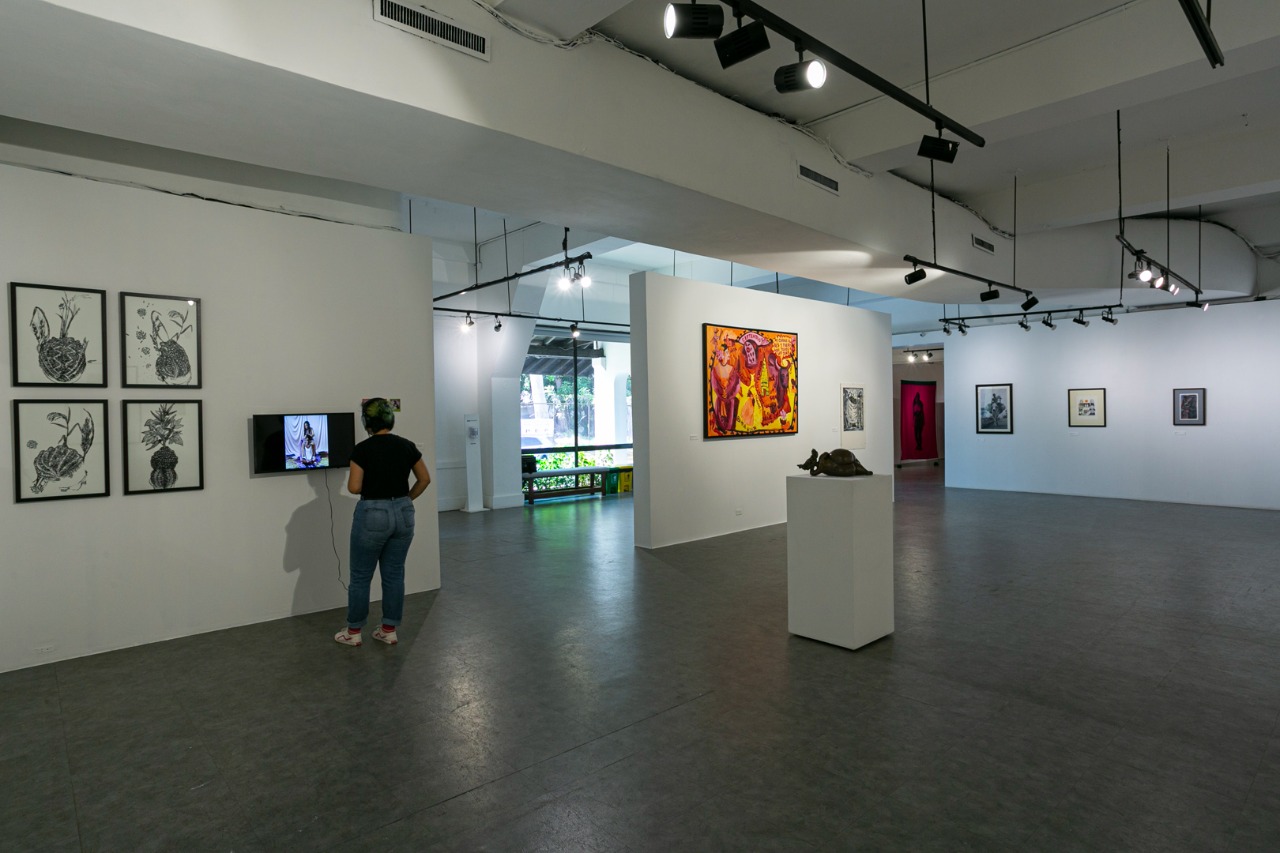
For this institution, it is important to continue responding in a very organic way to everything that happens at the local and regional level, to keep an eye on what contemporary artists are doing, without forgetting the history and where they come from, always proposing a dialogue on the most complex and important subject matters with people.
Fotos cortesía: MAC
